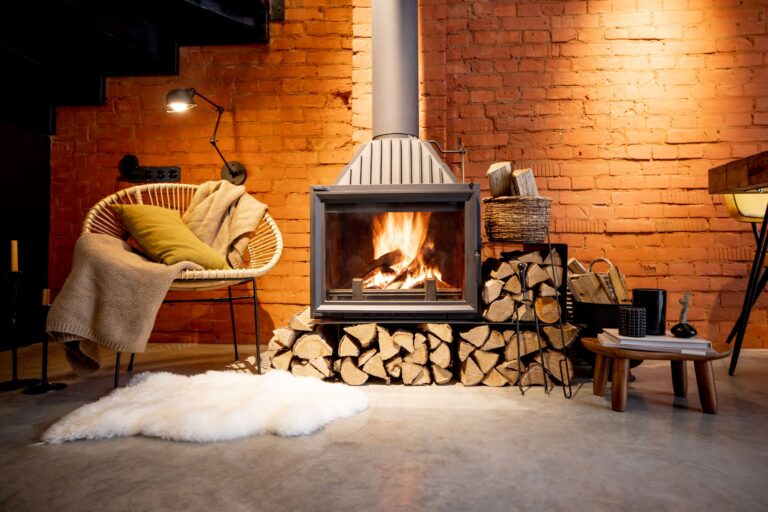I have a wood-burning fireplace in my living room, but have had friends say it’s bad for my health. Is it?
The short answer: No, as long as basic wood-burning techniques are followed.
The explanation: As the northern hemisphere enters winter, many people are firing up their furnaces to keep warm. Others rely on wood-burning fireplaces or stoves for warmth or simply enjoy the aesthetics. According to a 2016 study by the Hearth, Patio, and Barbecue Association:
- 47% of Americans have a wood appliance.
- 52% of Canadians own a fireplace, with 34% of them using wood as the primary source of fuel.
With such widespread ownership in North America, some people question whether exposure leads to adverse health events. There are really two answers to this.
From a hazard-based standpoint, smoke and particulates may impact health. According to the US EPA, “wood smoke can irritate your lungs, cause inflammation, affect the immune system, and make individuals more prone to lung infections.” However, evaluation of hazard is only one part of the risk paradigm. Risk is defined as hazard times exposure. If the hazard or exposure is low, then risk is low.
Fireplaces and stoves are designed to allow smoke to escape up the chimney or flue. Assuming the flue is clear, exposure to large concentrations of smoke is minimal. Additionally, burning dry (i.e., seasoned), hard wood (e.g., oak, maple, ash, etc.) is essential to decrease the amount of creosote buildup within the flue and contributes to a “clean,” long burn which is desirable. By the same token, it is important that non-wood items (such as wrapping paper, boxes, garbage, etc.) should never be burned in indoor fireplaces.
Thus, while some may question the health and safety of burning wood over a long winter, the impact to health is minimal as long as basic wood-burning techniques are followed.





